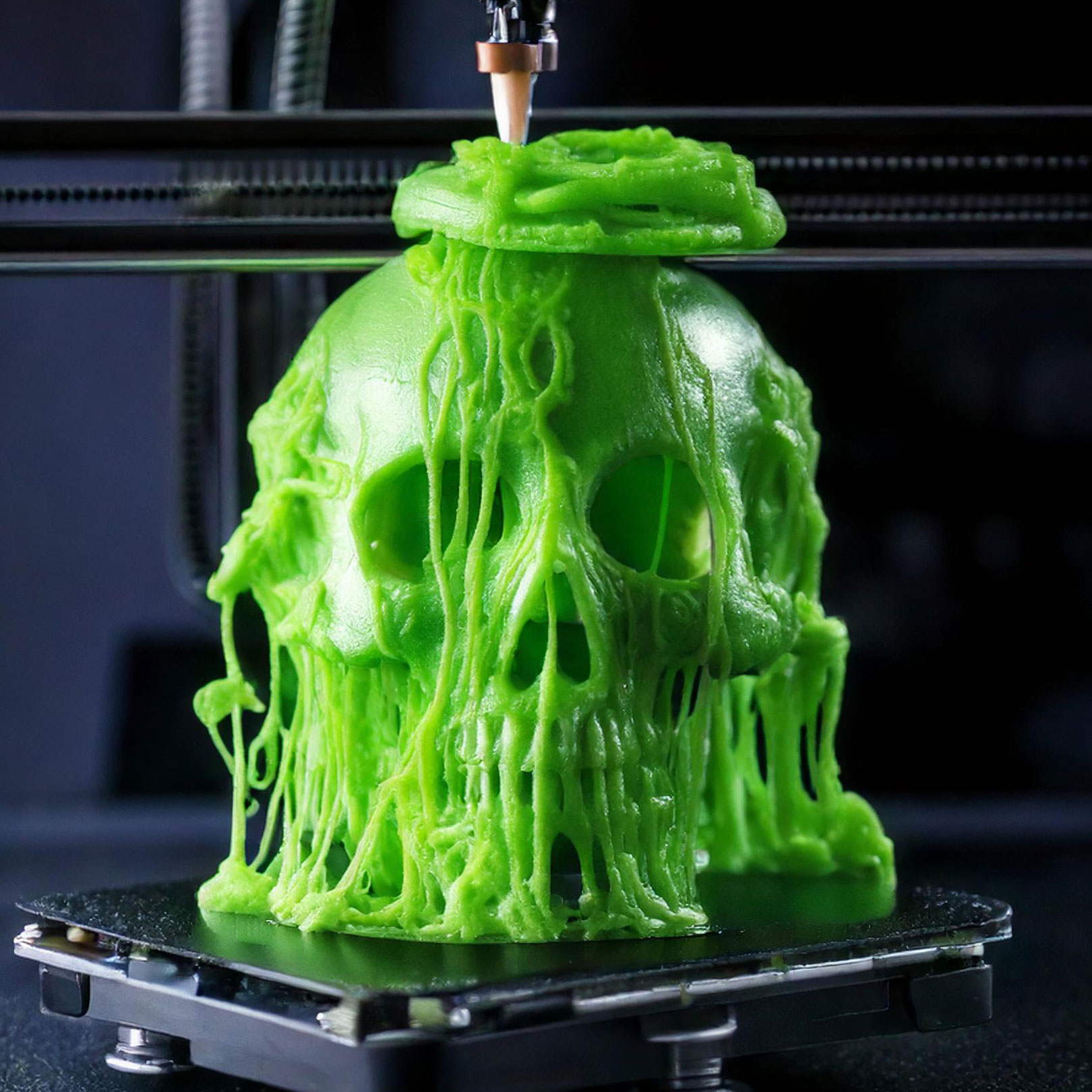Is 3D Printing Toxic? What You Need to Know
Is 3D printing toxic? One common concern is whether 3D printing is toxic, particularly for those using it at home or in confined spaces. In this blog, we explore the potential health risks of 3D printing and how you can mitigate them.
What Makes 3D Printing Potentially Toxic?
1. Emission of Volatile Organic Compounds (VOCs)
When 3D printers heat materials, they can release VOCs into the air. These are chemical compounds that can vaporise at room temperature. VOCs are commonly associated with plastics like ABS, which emit chemicals such as styrene. Prolonged exposure to high levels of VOCs can cause respiratory irritation, headaches, and, in some cases, long-term health issues.
2. Ultrafine Particles (UFPs)
3D printers can also release ultrafine particles into the air. These microscopic particles are small enough to penetrate deep into the lungs and even enter the bloodstream. Studies have shown that the use of ABS and similar filaments tends to produce more UFPs compared to PLA, which is considered a safer mate
3. Resin Toxicity in SLA Printing
The liquid resins used in SLA printers are inherently more hazardous than the filaments used in FDM printers. These resins can cause skin irritation, allergic reactions, and are considered toxic if ingested. Proper handling and disposal are essential to avoid exposure.

How to Minimise the Risks of 3D Printing
If you enjoy 3D printing, you can take steps to ensure your safety and that of those around you. Here are some best practices:
1. Use Well-Ventilated Areas
Set up your 3D printer in a well-ventilated space to reduce the concentration of VOCs and UFPs in the air. If possible, use an exhaust system or place the printer near a window with a fan directing the emissions outside.
2. Choose Safer Materials
Opt for filaments like PLA, which are made from renewable resources and emit fewer harmful compounds compared to ABS or nylon. Always research the material you plan to use and read its safety data sheet (SDS).
3. Wear Protective Gear
When handling resin or cleaning up prints, use gloves to protect your skin and safety goggles to shield your eyes. A dust mask or respirator can also help minimise inhalation of fine particles.
4. Maintain and Monitor Your Printer
Keep your printer clean and regularly check for any issues that might lead to excessive emissions. Some printers come with built-in air filters; if yours does, ensure they are replaced as recommended by the manufacturer.
5. Store Materials Properly
Store filaments and resins in airtight containers away from direct sunlight and out of reach of children or pets. Proper storage can also prevent materials from degrading and releasing harmful substances.
Conclusion
While 3D printing can pose some health risks, these can be effectively managed with proper precautions. By using safer materials, ensuring adequate ventilation, and following safety guidelines, you can enjoy the benefits of 3D printing without compromising your well-being. As research continues to advance, we can expect even safer materials and technologies to emerge, making 3D printing an even more accessible and enjoyable activity for everyone.
